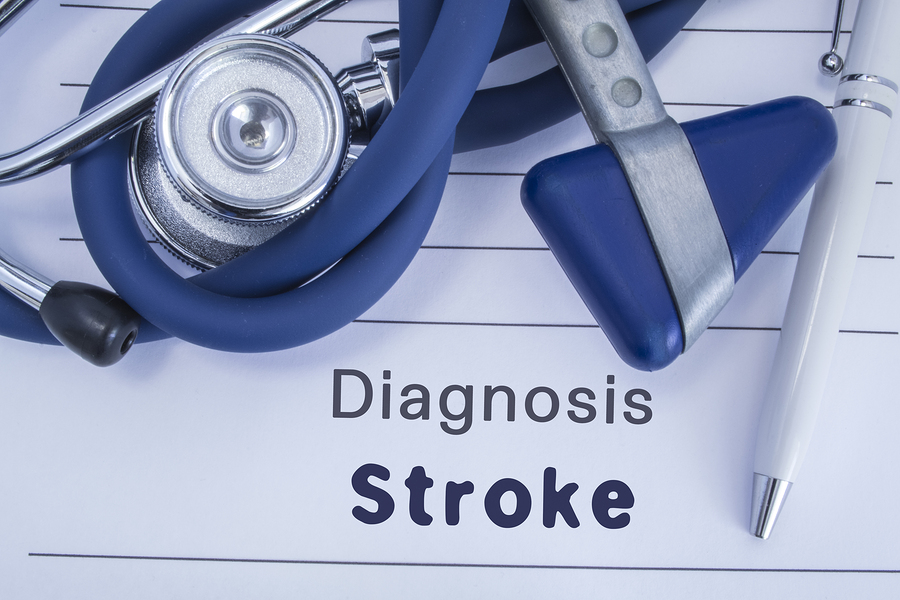Stroke symptoms and risk factors
Most of us know someone who has suffered a stroke but did you know it is the third most common cause of death in the UK?
Here we take a look at why a stroke occurs and what we can do to minimise the risk?
What happens during a stroke?
A stroke occurs when the blood supply to part of the brain is cut off. It can lead to damage to an area of brain tissue and even death, but how much it will affect someone depends on where it occurs in the brain and ultimately how much damage has been done.
If a stroke occurs on the left side of the brain, the right side of the body will be affected. If a stroke occurs in the area of the brain responsible for speech then speech will be affected. If damage occurs in the area of the brain responsible for breathing then this can cause immediate death.
Who is most at risk?
- Men are more at risk under the age of 75
- There is an increased risk if you have a family history of stroke
- The older you become the more your risk increases
- Afro-Caribbean, Asian and African people are more at risk
- If you have heart disease
- If you have diabetes
- Stress and depression
- High blood pressure
- Suffering a minor stroke (transient ischaemic attack) and not recognising or acting on the symptoms.
Your lifestyle choices may put you more at risk and these risk factors include:
- Smoking
- Drinking alcohol
- Being overweight
- Lack of exercise
What can we do to minimise the risk?
The way to minimise the risk of a stroke is to eat a healthy balanced diet which includes increasing your fibre intake and reducing the amount of salt in your diet.
Keeping a healthy weight will also help as being overweight can lead to increased blood pressure which is an additional risk factor. A healthy adult’s blood pressure reading shouldn’t be more than 140/90. Find out more on how to understand your numbers here.
Taking regular exercise can help to keep your weight stable along with boosting your mood.
So a healthy lifestyle should automatically reduce your risk, whatever your family history.
Act FAST
Learn the Stroke Association FAST test – this will help you to recognise the signs and symptoms of a stroke.
F – facial weakness – can the person smile? Has their mouth or eye drooped?
A – arm weakness – can the person raise both arms?
S – speech problems – has the person’s speech changed? Can they understand what you say?
T – time to call 999
If you see one or more of the above symptoms then medical help must be sought immediately as early treatment is crucial. Don’t wait – dial 999.
To find out more visit the Stroke Association – www.stroke.org.uk
Disclaimer
All content on Silversurfers.com is provided for general information only, and should not be treated at all as a substitute for the medical advice of your own doctor or any other health care professional. Silversurfers will not be responsible or liable for any diagnosis made by a user based on the content on www.silversurfers.com and we are also not liable for the content of any external websites or links from or to Silversurfers to any other websites. Please always consult your own doctor if you’re in any way concerned about any aspect of your health.
Melina - Assistant Editor
Latest posts by Melina - Assistant Editor (see all)
- 4 Homemade Sweet Treats for Easter - April 10, 2025
- Bowel Cancer Awareness Month : know the signs - April 5, 2025
- Playground Memories - March 10, 2025
- Banana bread with SunGold kiwis - February 20, 2025
- A tribute to Bob Marley - February 4, 2025




















